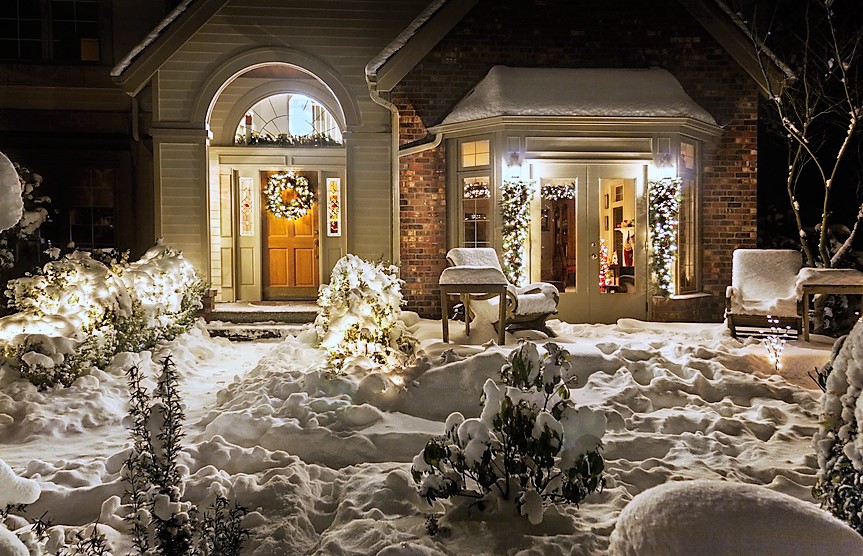Residential Security: There’s No Place Like a Safe Home for the Holidays
The holiday season is upon us and millions of people will be leaving their homes to travel around the country and across the globe to spend time with families and friends. We like to think of this time of year as a celebration of everything that is good in our lives, but we still can’t ignore the obvious—crime doesn’t take a holiday. According to the Department of Justice, summer and winter vacations indicate seasonal patterns as the likely times of year for residential property crime.
These annual rituals leave many residences unoccupied for an extended period of time that could expose them to unnecessary risk. A vacant residence is an attractive target to criminals, especially to burglars who specialize in invading people’s privacy. With the proper planning, preparation, and protective countermeasures, this threat can be minimized and this risk mitigated. Protecting your private property begins with a residential security assessment, an integral part of your tailored security strategy that safeguards your family, property, and assets.
There’s No Place Like a Safe Home
Your home is your sanctuary, a safe haven for you to enjoy life, protected from the outside world. But are you doing all you can to protect yourself? A residential security assessment provides a thorough evaluation of the potential threats to the day-to-day activities of your private residence by independently and comprehensively evaluating risk to the home, property, perimeter, and the contiguous area.
In order to implement the security strategies necessary to protect your home and family, a residential security assessment evaluates numerous areas:
- Systems technology: alarms, cameras, and fire life safety
- Network architecture: Internet connections, wireless network, and ports
- Physical security: fencing, gates, windows, doors, and locks
- Emergency preparedness: safe rooms, evacuation, and relocation
- Liaison with critical third parties and first responders
Crime Prevention Through Environmental Design
CPTED, a multi-disciplinary approach to crime prevention through environmental design, relies on the ability to influence offender decisions that precede criminal acts. Research into criminal behavior shows the decision to commit a crime is influenced more by the perceived risk of being caught than by the reward or ease of entry—so that means you should do whatever you can to make yourself and your home less vulnerable.
The three most common CPTED strategies are natural surveillance, natural access control, and natural territorial reinforcement. The following are examples of CPTED that enhance the protection of your home and property without dramatically changing its appearance:
- A single, clearly identifiable point-of-entry
- Landscape designs that provide surveillance, especially in proximity to designated and opportunistic points-of-entry
- The least sight-limiting fence appropriate for the location
- Windows overlooking sidewalks
- Signage reinforcing property boundaries
Lights, Cameras, Action
Industry best practices recommend an external video surveillance system, Internet protocol (IP) platform, closed-circuit connectivity, digital technology, motion detection, and night vision capability. Your updated system will allow you to view the video feed though your phone, tablet, or TV, making it really easy to see the view from select cameras, like who is knocking at your front door.
You’ll also feel safer and more secure by being able to track movements in emergency situations, such as a trespasser outside your home. You can also easily determine safe evacuation routes and locate individuals in need of assistance. The entire or partial video feed could be connected to an off-site monitoring station or shared with emergency personnel, police, and other first responders, which helps them get there faster to help you.

